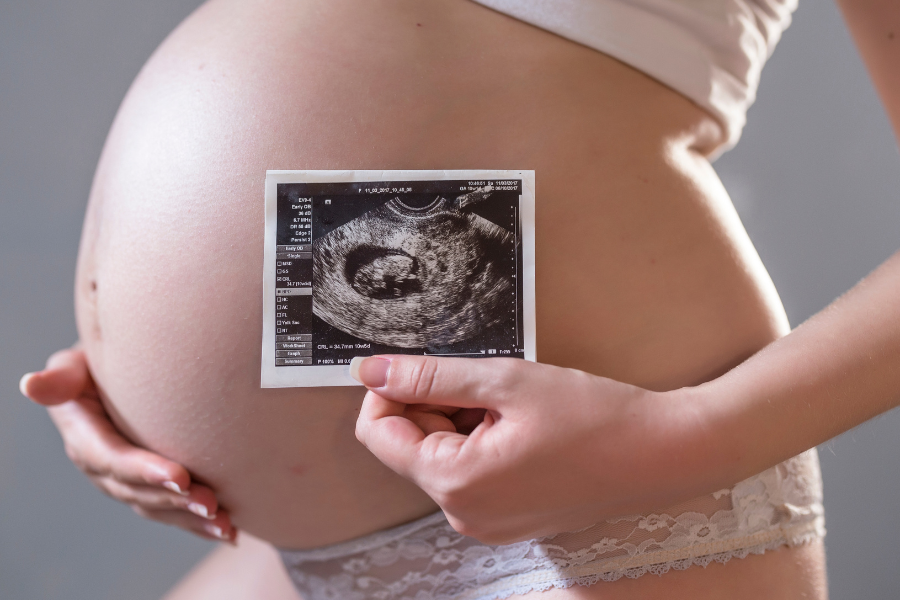Number of embryos to be transferred after an IVF cycle
One of the most common questions and requests we receive after carrying out an IVF cycle is the following: how many embryos should I transfer, one or two? In this post we are going to analyse all the pros and cons of transferring a single embryo versus transferring two embryos (1). According to the data we have at European level during 2019, 56% of single embryo transfers and 41% of two embryo transfers were performed. In our country, according to data from the Spanish Fertility Society (SEF), in 2021, 65% of single-embryo transfers and 35% of two-embryo transfers were performed.

What factors should be considered when deciding on embryo transfer?
- Efficacy
The efficacy of performing two single embryo transfers versus one single embryo transfer in terms of live birth is similar.
- Safety
Multiple gestations present a higher obstetric risk, increasing the incidence of: caesarean section, gestational diabetes, hypertension, pre-eclampsia, placental abruption, placenta praevia, postpartum haemorrhage. There are also more risks for the newborns: increased risk of prematurity, congenital malformation, low birth weight, ICU admission and mortality. Not all two-embryo transfers lead to a twin gestation, but even in these cases where only one embryo develops, there are also more risks: more risk of congenital malformations, low birth weight, preterm birth, or neonatal death (2,3).
- Costs
Direct costs are higher in multiple gestations as they require more visits, more procedures, medication, surgery. Indirect costs are also higher, in terms of time off work, travel for treatment, need for support units and networks.
Mental health of families with twin births
Parents of twins experience during the first four years of life a higher incidence of postpartum depression, negative effects on the couple’s relationship, parental stress, feelings of incompetence in parenthood, and even the development of hostile reactions towards the children. As for the children, there are no differences between twins and singleton pregnancies during the first years of life, but between 6 and 12 years of age, twins show less formation of bonds of trust with their environment, less affective communication with their parents, less ability to recognise mistakes, less initiative and are less proactive. The final decision regarding the number of embryos to transfer has to be agreed upon, but most couples, once they know the real risks that can occur with the transfer of two embryos, opt for the transfer of a single embryo.
Scientific societies recommend the transfer of a single embryo, regardless of the patient’s age, whether she is a woman with low ovarian reserve, whether her own or donated eggs, fresh or frozen embryos, the risks will always be lower and the success rates comparable. For all these reasons, in our centre and for more than 15 years now, we have been recommending single embryo transfer, as the aim is to make every woman’s dream come true: to be the mother of a healthy newborn baby.

Written by:
Dr. Elena Puente
Medical director of Clinica Fertia
Bibliography
- ESHRE Guideline Group. 2023. Available at: https://www.eshre. eu/Guidelines-and-Legal/Guidelines/Guidelines-in-development/ Embryo-transfer
- Eapen A, Ryan GL, Ten Eyck P, Van Voorhis BJ. Current evidence supporting a goal of singletons: a review of maternal and perinatal outcomes associated with twin versus singleton pregnancies after in vitro fertilization and intracytoplasmic sperm injection. Fertil Steril. 2020;114:690-714.
- Rodriguez_wallberg KA, Veleva Z. Higher obstetric and perinatal risks for twins and the need for single embryo transfers in assisted reproduction.Acta Obstet Gynecol Scand.2023;102:968-969.doi:10.1111/aogs.14639.
